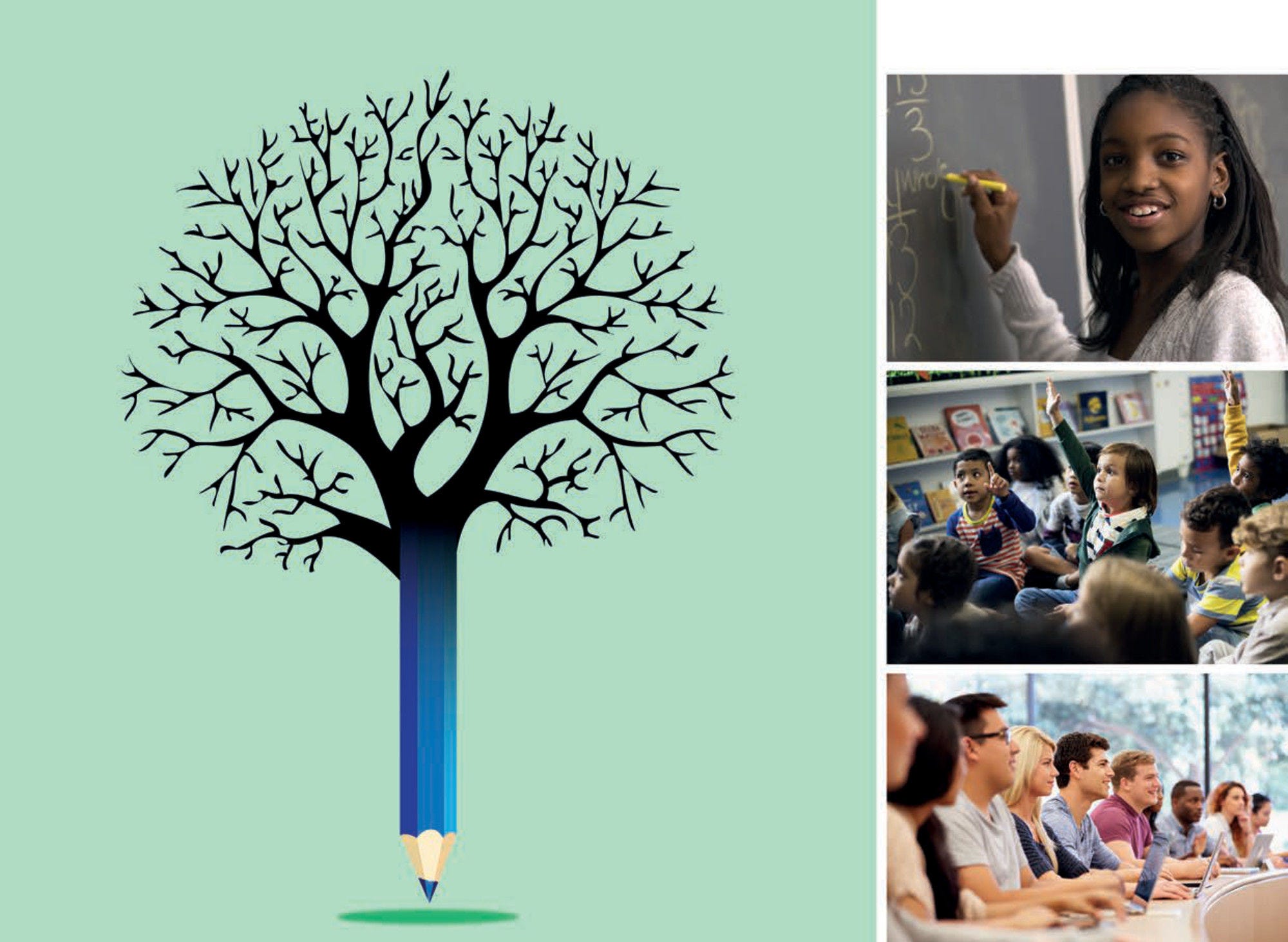Schools in Estonia have less favourable disciplinary climates in science lessons compared to other OECD countries, according to students’ reports in the Programme for International Student Assessment (PISA) 2015, with an index value of -0.04 (the average was 0.00). Some 23% of 15-year-olds reported skipping at least one day of school in the two weeks before the PISA 2015 test, compared to the OECD average of 19.7%. Furthermore, students in Estonia were less likely to report that their science teachers adapt their instructions more frequently than the OECD average, with an index of adaptive instruction of -0.17 (the average was 0.01) (OECD, 2016[1]).
The PISA 2015 index of instructional educational leadership (measuring the frequency with which principals report doing leadership activities specifically related to instruction) was below the OECD average (-0.06 compared to 0.01) (OECD, 2016[1]). At 53.2%, the proportion of lower secondary teachers aged 50 or over was among the highest among OECD countries, where the average was 35.4%. In 2017, teachers in Estonia had fewer net teaching hours for general programmes than their OECD peers. Teachers taught 585 hours at primary level and 602 hours at lower secondary level, compared to OECD averages of 784 and 696 hours, respectively (OECD, 2018[2]). According to school principals’ self-reports in PISA 2015, schools in Estonia have high levels of autonomy over curriculum compared to the OECD average: 95.6% of principals reported that the school has primary autonomy over curriculum; the OECD average was 73.4% (OECD, 2016[1]).
In 2016, lower secondary teachers in Estonia earned 91% of the average salary of a full-time, full-year worker with tertiary education, equalling the OECD average (OECD, 2018[2]). According to the OECD Teaching and Learning International Survey (TALIS) 2018, 74.1% of teachers in Estonia said that if they could choose again, they would still become a teacher; this was around the OECD average of 75.6%. Furthermore, 26.4% of teachers felt that the teaching profession was valued in society, compared to an OECD average of 25.8% in 2018 (OECD, 2019[3]).
According to school leaders’ reports in PISA 2015, nearly all school leaders in Estonia conduct self-evaluations of their schools (99.8% of students were in schools whose principal reported this, compared to 93.2% on average), and most undergo external school evaluations (90.8% of students were in schools whose principal reported this, compared to 74.6% on average) (OECD, 2016[1]). However, teacher appraisal levels as reported in the earlier cycle of TALIS 2013 were above average: 89.7% of teachers had reported then having received a teacher appraisal in the previous 12 months, compared to 66.1% on average (OECD, 2014[4]). The share of students enrolled in secondary schools whose principal reported in PISA 2015 that standardised tests are used to make decisions on students’ promotion or retention was 34% compared to an average of 31% (OECD, 2016[1]).
In 2017, school autonomy levels over resource management (allocation and use of resources for teaching staff and principals) in Estonia were higher than the OECD average: 50% of decisions were taken at the school level, compared to an average of 29%.
Annual expenditure per student at primary level in 2015 was USD 6 327, below the OECD average of USD 8 631. At secondary level, Estonia spent USD 6 861 per student, compared to an average of USD 10 010, while at tertiary level (including spending on research and development), Estonia spent USD 12 867 per student, compared to USD 15 656. In 2015, expenditure on primary to tertiary education as a proportion of gross domestic product (GDP) was 4.7%, which was below the OECD average of 5%. The proportion coming from private sources (including household expenditure, expenditure from other private entities and international sources) was lower than the OECD average (13.3% compared to 16.1%). Between 2010 and 2015, the relative proportion of public expenditure on primary to tertiary education decreased by 8.5 percentage points, while the proportion of private expenditure increased by 77.3 percentage points, compared to OECD average changes of ‑1.3 percentage points and +10.6 percentage points, respectively (OECD, 2018[2]).
